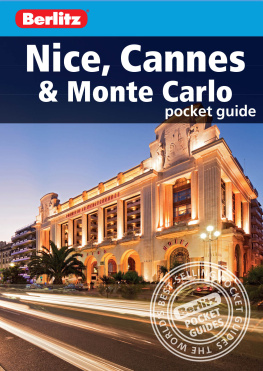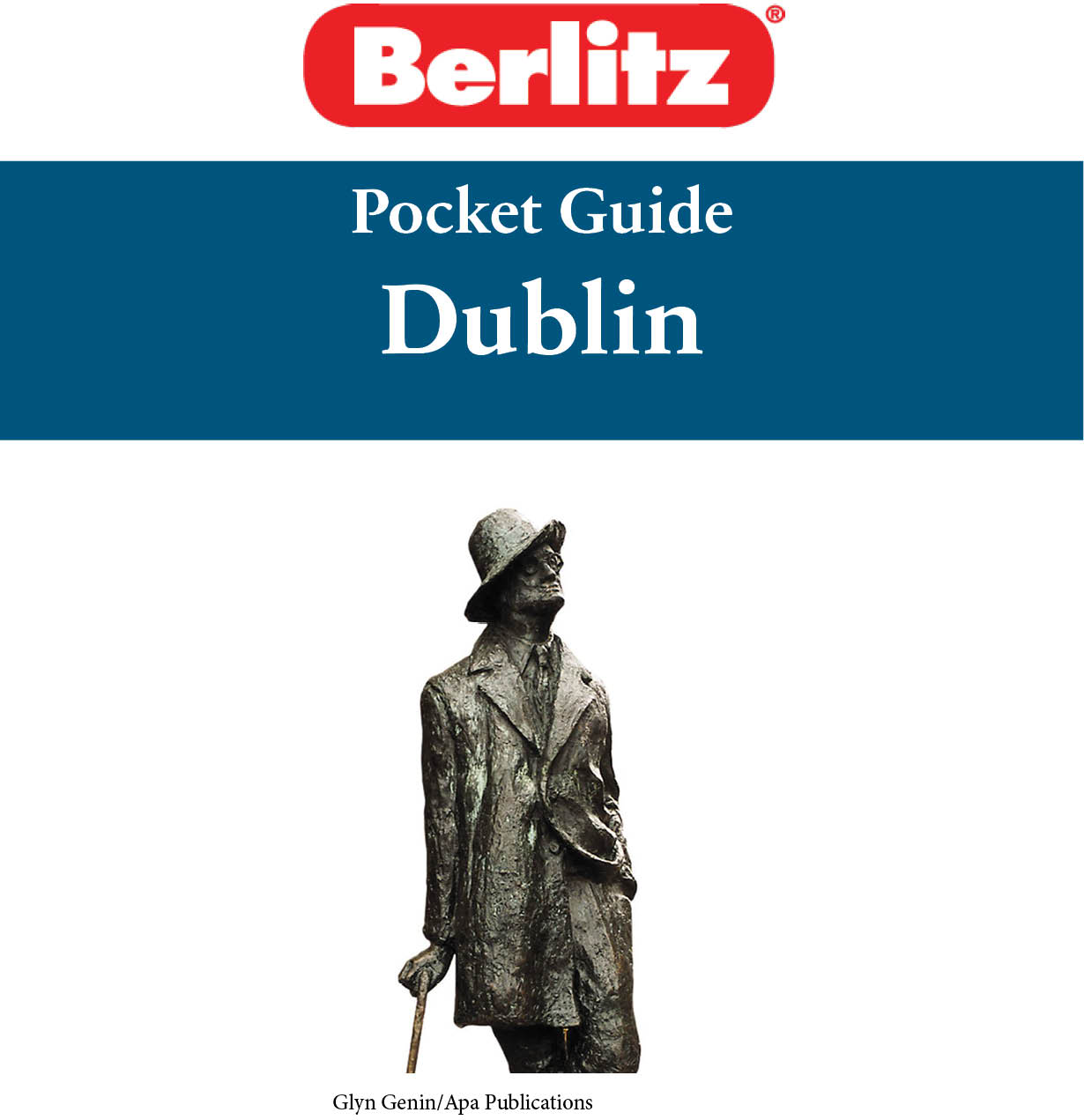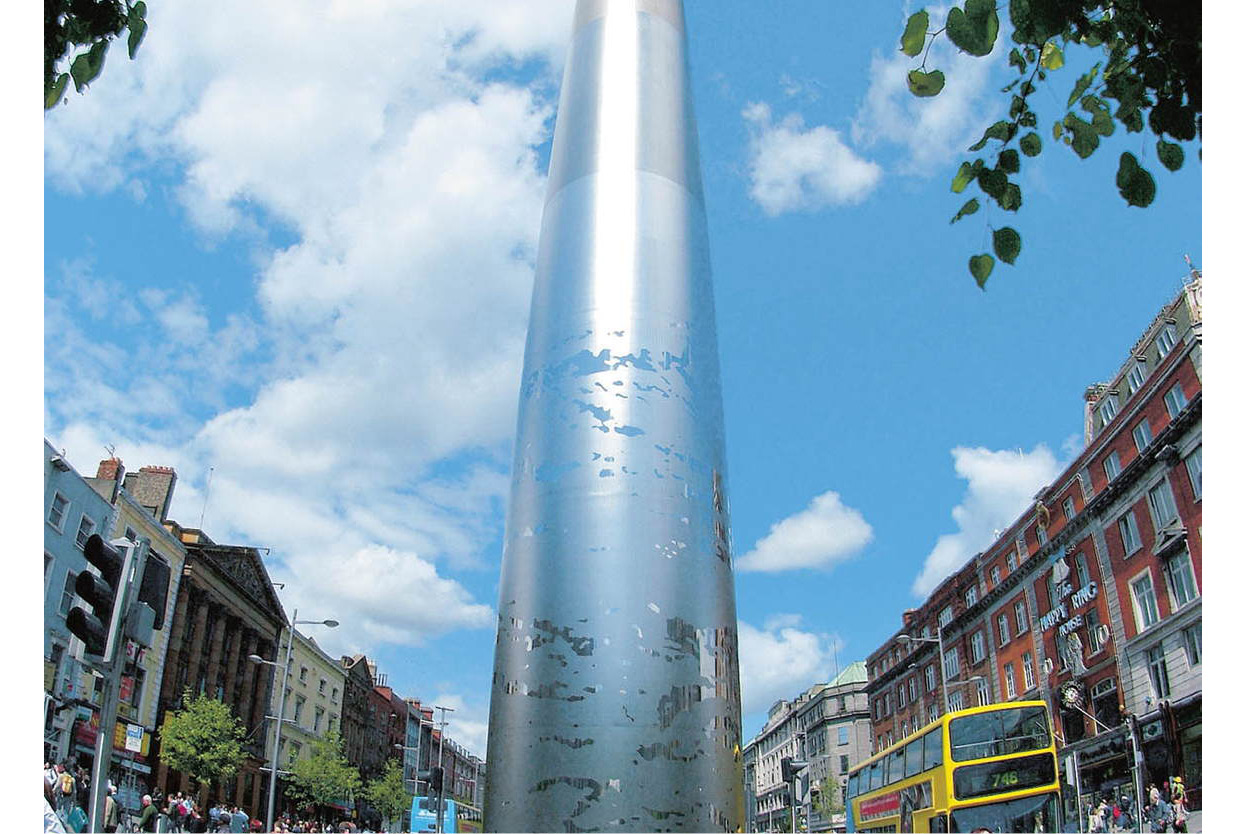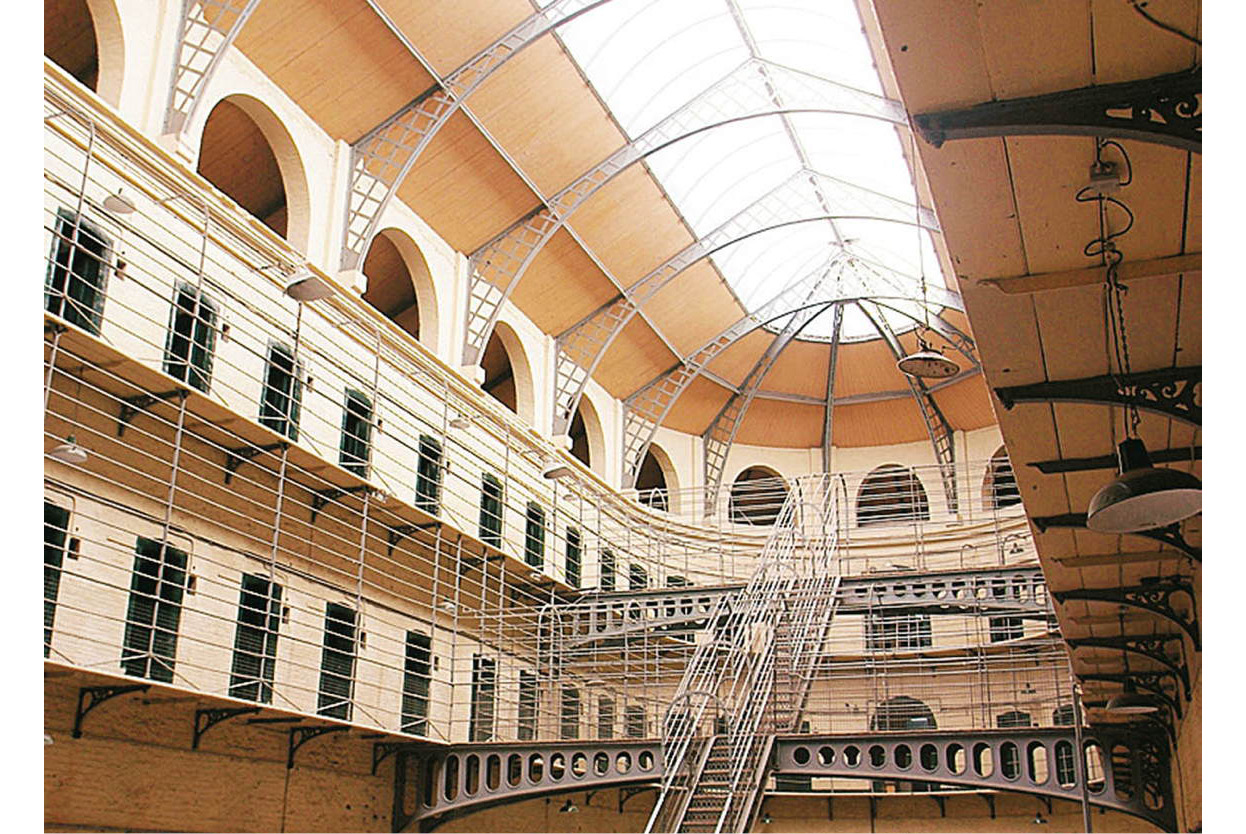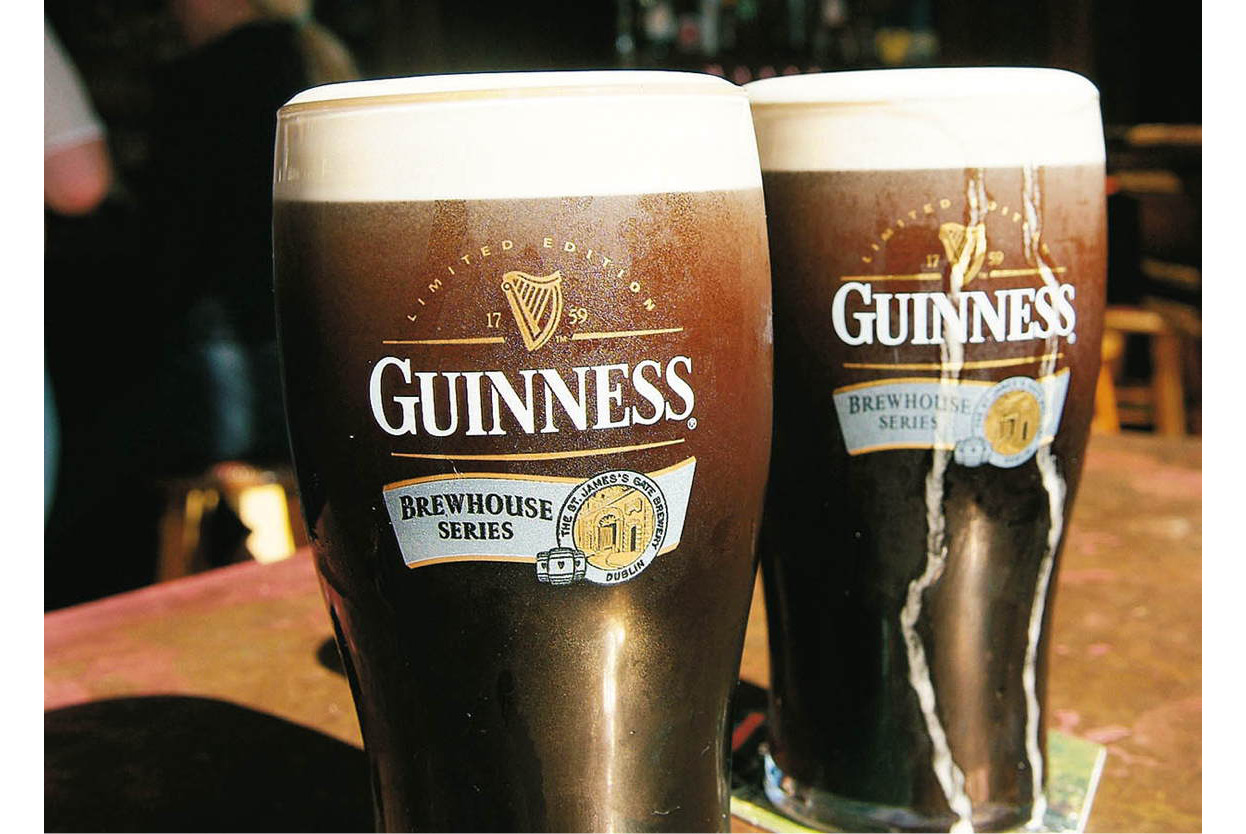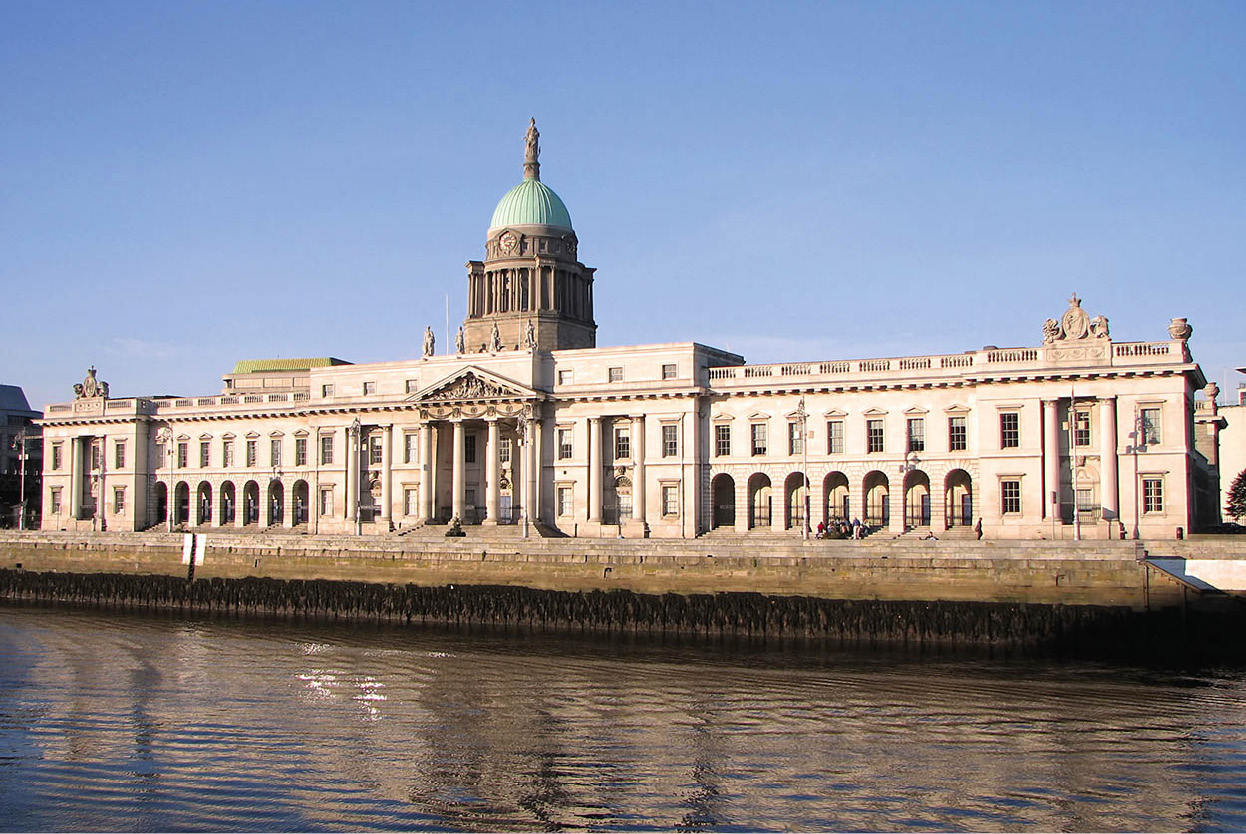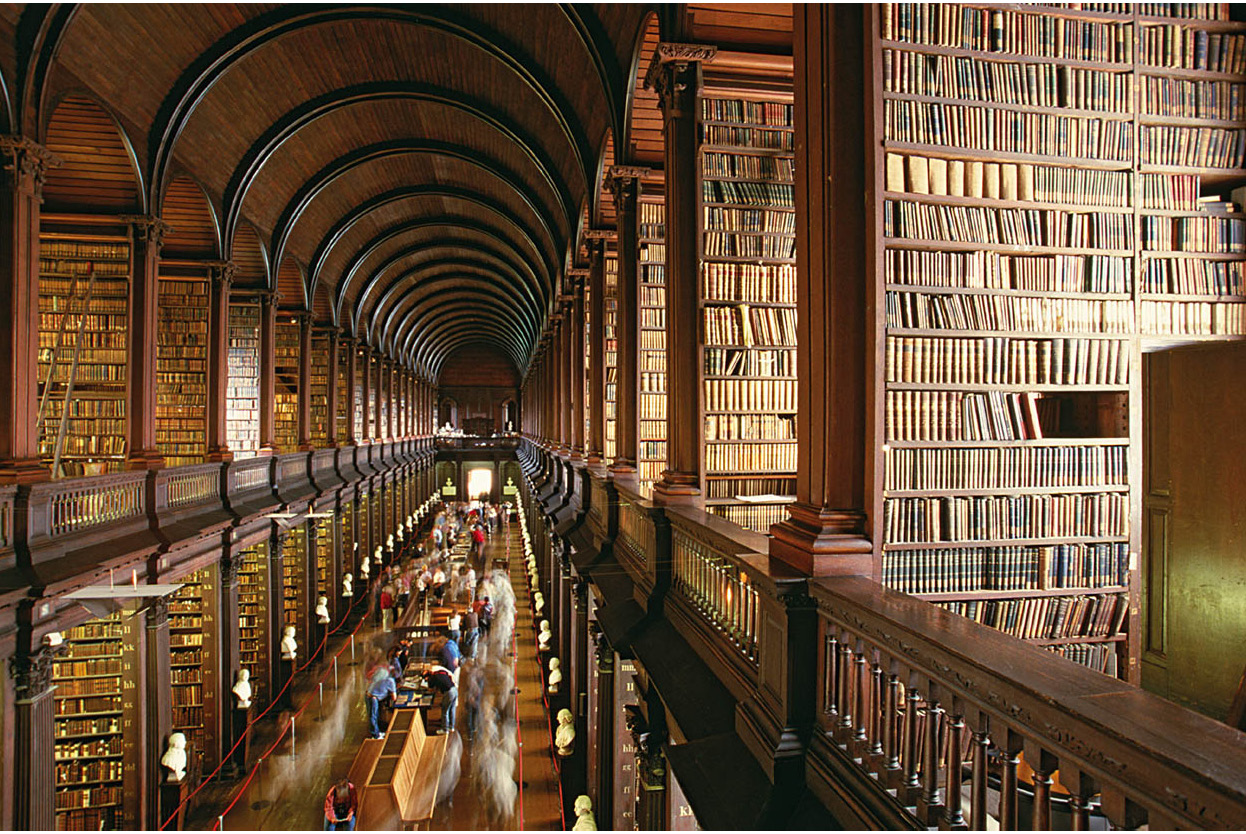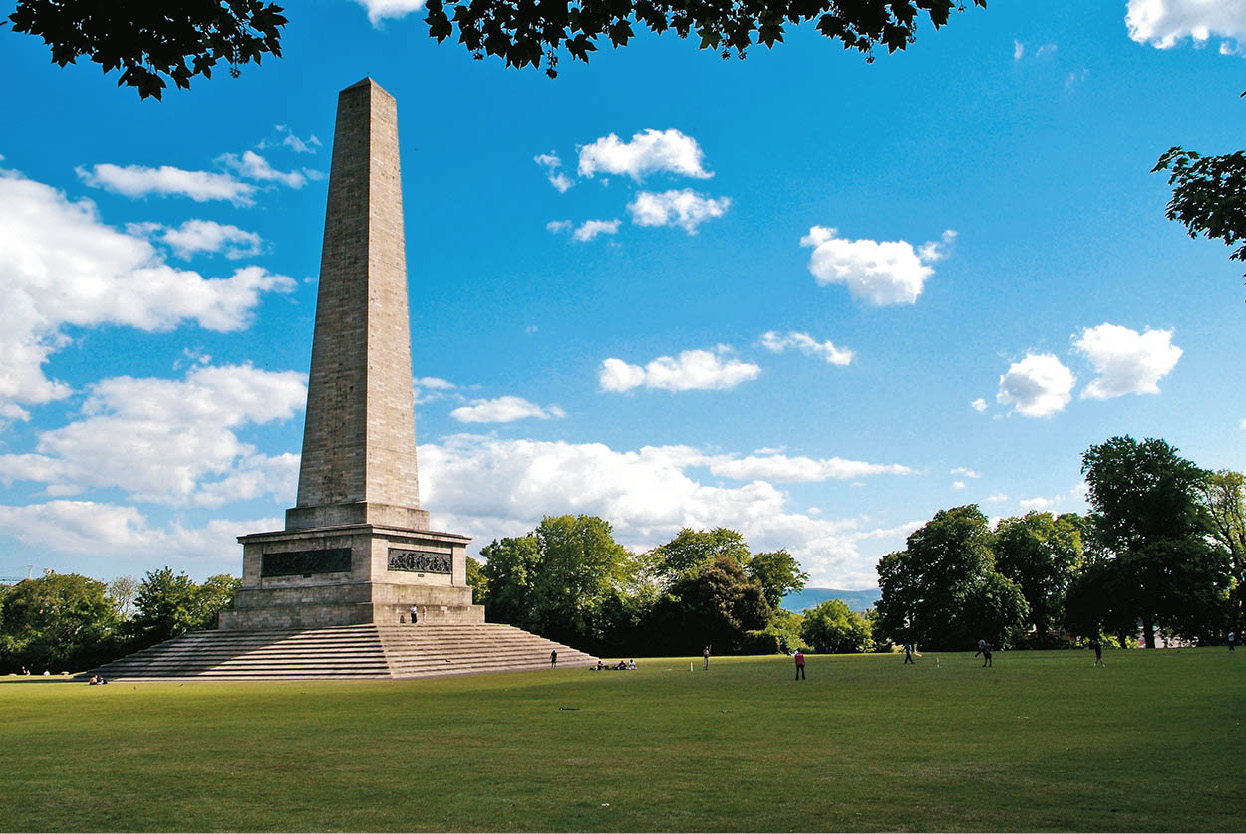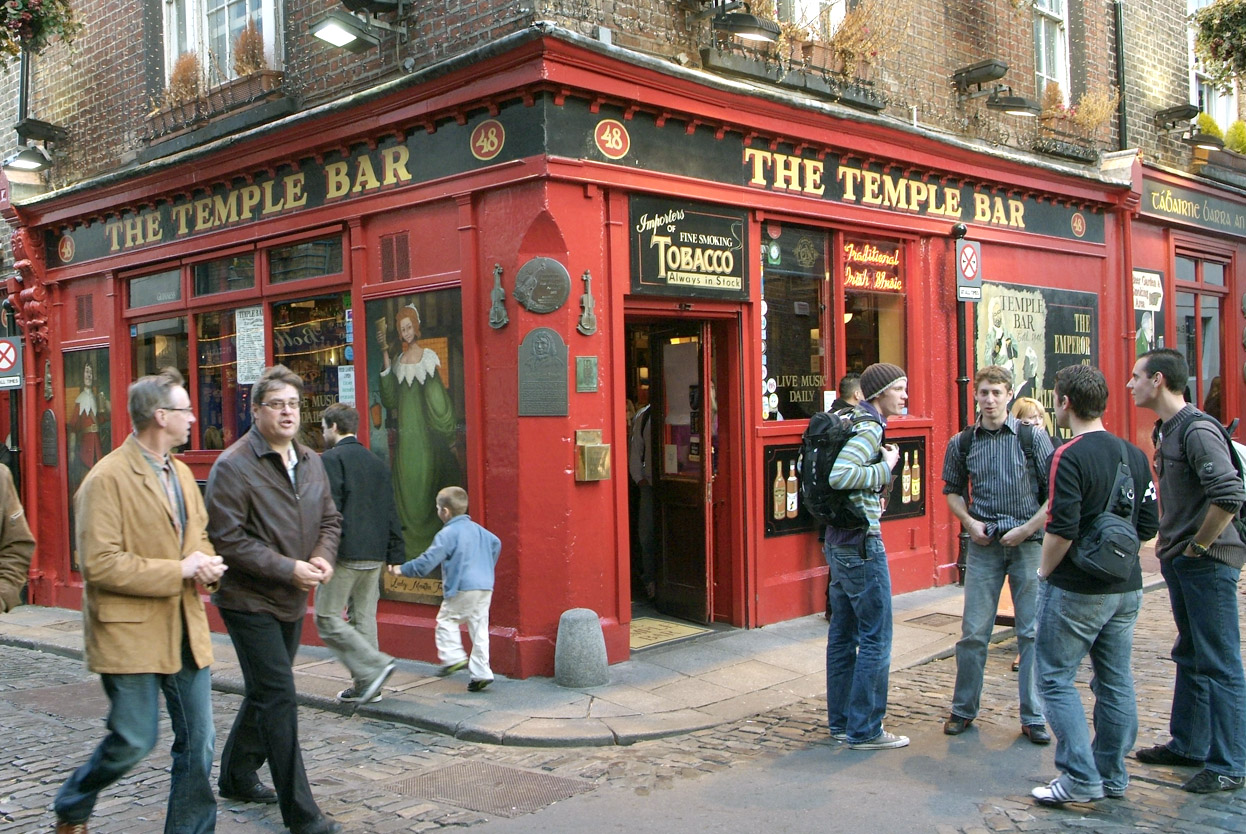Table of Contents
Destinations Top 10 Attractions
Top Attraction #1
Glyn Genin/Apa Publications
OConnell Street. Dublins grand boulevard, studded with monuments and statues, and the iconic General Post Office. For more information, .
Top Attraction #2
Glyn Genin/Apa Publications
Kilmainham Gaol. Learn about life behind bars and and what brought prisoners here. For more information, .
Top Attraction #3
Glyn Genin/Apa Publications
The Guinness Storehouse tour. Find out all about brewing and sample the freshest pint in town. For more information, .
Top Attraction #4
Dreamstime
The Custom House. One of Dublins most elegant landmarks dominates the north bank of the Liffey. For more information, .
Top Attraction #5
iStockphoto
Trinity College. Dublins University has a string of famous alumni and owns treasures such as the Book of Kells. For more information, .
Top Attraction #6
Glyn Genin/Apa Publications
Phoenix Park. The biggest urban park in Europe, with landscaped gardens, woods, pastures, various monuments and the zoo. For more information, .
Top Attraction #7
Glyn Genin/Apa Publications
National Gallery. Home to a fine collection of works from the 14th to the 20th century. For more information, .
Top Attraction #8
Glyn Genin/Apa Publications
Temple Bar. A network of narrow cobbled streets with lively bars and interesting markets. For more information, .
Top Attraction #9
Glyn Genin/Apa Publications
Dublin Castle. The centre of English rule in Ireland for seven centuries. For more information, .
Top Attraction #10
Corrie Wingate
Christ Church. One of the citys two major cathedrals (for more information, ).
A Perfect Day In Dublin
8.30am
Breakfast
Make a healthy start at Cornucopia (19 Wicklow Street) and delve into its selection of fresh fruit platters, porridge and muesli, home fries and eggs, with lashings of organic tea and coffee.
9.30am
Illuminated manuscript
Turn left out of Cornucopia and cross Grafton Street, to the railings across the road. Follow these left (north) to Trinity College. By arriving here early you should avoid the crowds that flock to see the magnificent library and its illuminated manuscript, the Book of Kells.
11.30am
Oriental Caf
Walk back up Grafton Street and relax over a coffee at Bewleys, surrounded by the stained-glass windows of the art-deco icon.
12 noon
Exploration
From Trinity, browse the Grafton Street shops as you proceed towards St Stephens Green. After a stroll on the green, head along the north side, perhaps investigating The Little Museum of Dublin, then passing the celebrated Shelbourne Hotel before exploring the Georgian architecture and fine museums on Merrion Square and Kildare Street. There are plenty of options for lunch in this vicinity: pubs, cafs or fine restaurants.
2.30pm
To the river
From St Stephens Green take Dawson Street. Turn left at the bottom and veer right back around the front of Trinity College into Westmorland Street. At the end turn left to take a stroll along the River Liffey, pausing to glance at the charming HaPenny Bridge. Continue and turn left up Winetavern Street just beyond the Civic Offices.
3.30pm
Major landmarks
At the top of the street is Christ Church Cathedral, well worth a visit along with the adjacent Dublinia interactive exhibition. Then make your way via Christchurch Place and Lord Edward Street for a peek at Dublin Castle.
5.00pm
Pit-stop
Cross the road from the castle and go back up the hill. Turn into Cows Lane with its craft shops and the Queen of Tarts, the perfect pit stop for tea and home-baked treats.
7.30pm
Fine dining
After freshening up at your hotel return to Dame Street and Les Frres Jacques (No. 74 next door to the Olympia Theatre) for first-class French cuisine in a relaxed, typically Dublin setting.
9.30pm
On the town
Turn left out of the restaurant and take the second left into Eustace Street. This takes you into the heart of Temple Bar where the streets come alive after dark and Irish music fills the air of its legendary traditional pubs.
Introduction
Dublin is a fast-paced city, hopping with lively pubs, yet still grounded in its long and literary history. The city has always been on the move, its character infused with both Irish charm and European chic. The mixing of old and new, Irish and international, is celebrated in Dublins spectacular modern buildings, many of them designed and built by world-renowned architects. Daniel Libeskinds Grand Canal Theatre, opened in 2010, is the beating heart of the new Docklands area. In 2009, the Samuel Beckett Bridge, designed by Santiago Calatrava, opened a new route across the city.
At night the streets are lively with revellers who pour into the citys pubs, bars, restaurants, clubs and cafs. By day, shoppers throng the popular shopping streets, department stores and shopping centres. The proverbial hospitality and warm welcome have not vanished in Dublins increasing bustle, though the citys character is more complex than the souvenir shops suggest.
Dublin sits on 1,000 years of history and it is present everywhere, from the famous literary homes on Merrion Square to the bullet holes riddling the General Post Office. Yet the city has moved on. It has evolved its own new culture, infused with the international influences of its immigrant communities. Dublin has claimed a seat at the table of cutting-edge European art, design and music. It all merits leaving the pub behind for a while to see what the brave new Ireland is all about.


